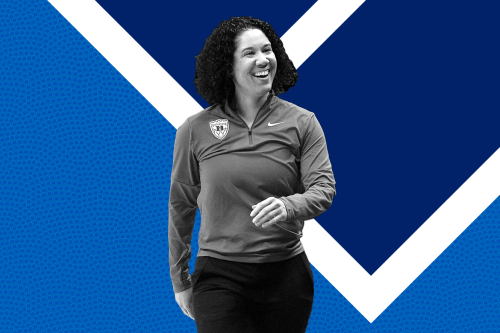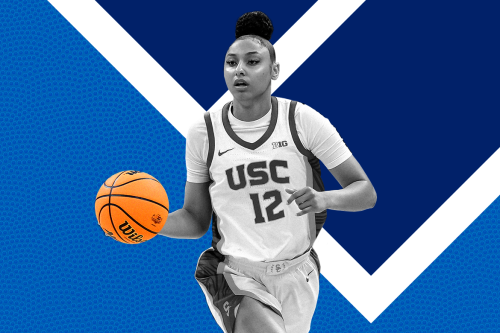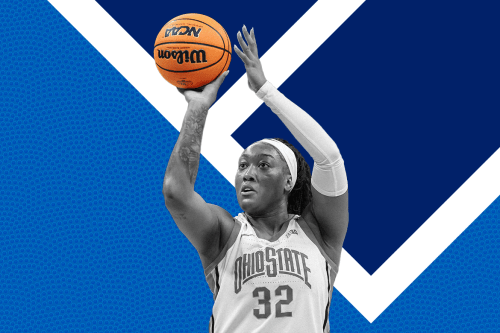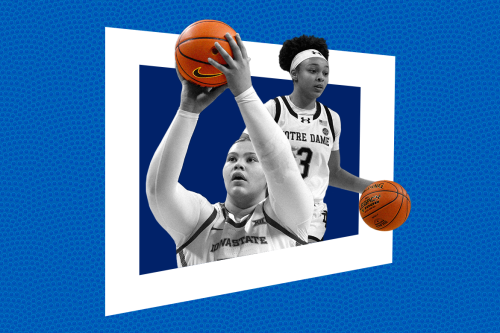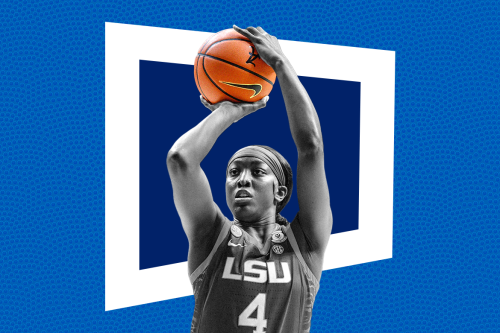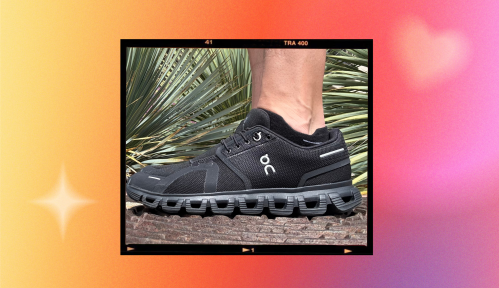Yes, the US Olympic gymnastics team is killing it this year in Rio. And yes, the Final Five have their insane talent and years of dedication to thank.
But they also have Mary Lou Retton to thank. Thirty-two years ago, the sparkly-eyed pixie powerhouse with a megawatt smile changed the way people looked at US women’s gymnastics—winning the first-ever gold medal in American gymnastics history, scoring a perfect 10 on both of her vault routines, and creating a move on the uneven bars dubbed “The Retton Flip.”
These days, Retton is a bit more low-key, raising her four daughters—three of whom are gymnasts, BTW—while keeping up an active lifestyle worthy of a gold-medal athlete. From practicing meditation in the mornings to obsessing over the Olympics at night (same!), health and fitness are still high priorities for Retton.
Keep reading for five wellness lessons the superstar gymnast has learned, plus what she really thinks of the current US gymnastics team.
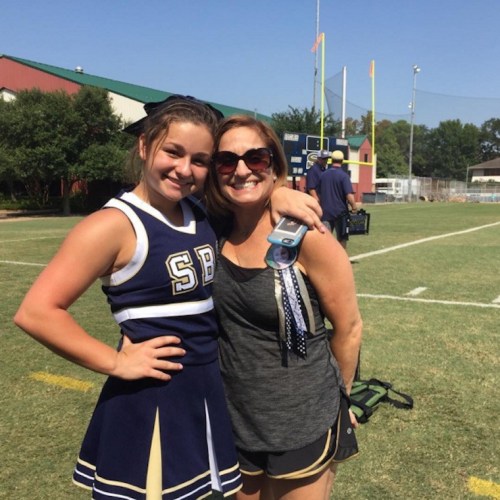
1. Strive for a balanced life
As a former athlete, Retton knows the extremes that Olympians can go to. From eating special diets to working out insane hours of the day—Retton has seen it all. Now that she’s gained experience over the years, she knows how to live healthy without restricting herself.
“I always start my day out with egg whites, toast, and coffee—got to always make sure to get that protein in first thing—but as a busy mom, I don’t worry as much about the rest of my day,” she explains. “We’ll have pizza one night or some dessert or eat out, and I can’t get down on myself.” Instead, Retton shoots for about 80 percent healthy each day and leaves the last 20 percent for whatever pops up.
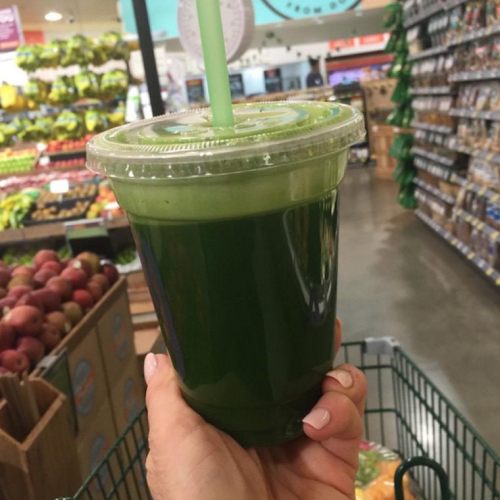
2. Start the day right
Retton has developed a number of rituals to keep her morning moving smoothly. First she wakes up early and, after she snags a cup of coffee, she starts her morning with meditation and prayer.
“Even if I can only get in five or 10 minutes before the kids get up, it really helps to jump-start my day and start it off on the right foot.” (Seems like she has that in common with fellow gold medalist Nastia Liukin.)

3. Be healthy for future you
Retton’s years of punishing training on the vault and the uneven bars earned her five Olympic medals—and they also left her with joint pain and arthritis. Now, she takes extra care of her body, to prepare it for the years to come.
“My vision of my healthy future isn’t just physical, it’s mental, emotional, spiritual—I want to be healthy and well,” she says. “I want to see my grandkids come into this world and be able to run around and play with them and watch them grow.”
While meditation, a balanced diet, and exercise help in that endeavor, Retton also is a huge believer in vitamins and supplements—her favorite brand is Nature’s Bounty—and takes calcium, fish oil, B-12, biotin, and a multivitamin everyday.
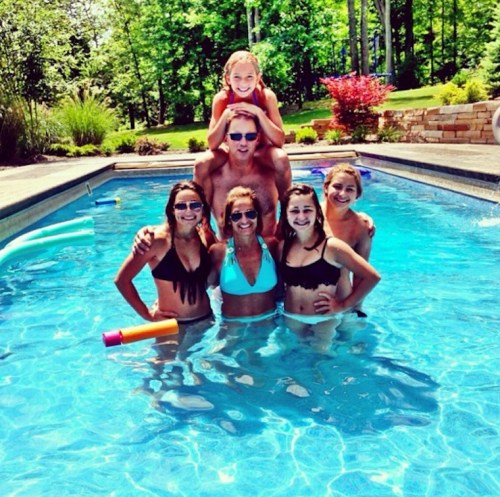
4. Give yourself a break once in a while
Retton is also a huge believer in getting daily exercise, but doesn’t get mad at herself if you miss one. “Listen, things happen, life happens, so obviously I can’t work out every day,” she says. “I make it a priority and don’t beat myself up if it doesn’t happen.”
That said, she’s a big believer of getting up and getting it done first thing, lessening the chance of having a “life happens” moment. Her favorite a.m. workouts? The low-impact cardio of swimming laps, riding a bike, and even just walking: “I encourage people to walk everywhere, all the time,” she says. “You’ll build up that endurance and get in movement if a larger workout doesn’t happen that day.”
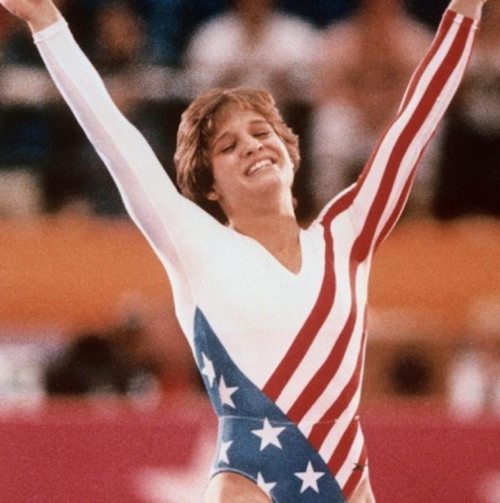
5. Keep the enthusiasm going
The original “America’s sweetheart” of the gym has nothing but praise for today’s Final Five champs. After betting me $10 million that the team would win gold (this was prior to their gold-winning announcement), Retton went on to rave about the current team.
“They easily could have just shown up and won gold,” she says, explaining that being 10 points ahead in gymnastics is like being 10 touchdowns ahead in football. “I mean, the amount of respect I have for Aly Raisman and Gabby Douglas is beyond words. I’m so proud of them for pushing through all of the media attention and keeping their eyes on the prize—it’s so hard to do…Plus, Simone Biles is truly the best we’ve ever seen, Madison is so beautiful and elegant on the uneven bars, and Laurie Hernandez is just so unique and incredible—this team is truly the best team we’ve had.”
Find out why Retton is so smitten with this year’s U.S. gymnastics Olympic team, “The Final 5.” And then check out the super-chic Nike gear that all the medal-winners will be wearing at the closing ceremonies.
Sign Up for Our Daily Newsletter
Get all the latest in wellness, trends, food, fitness, beauty, and more delivered right to your inbox.
Got it, you've been added to our email list.
